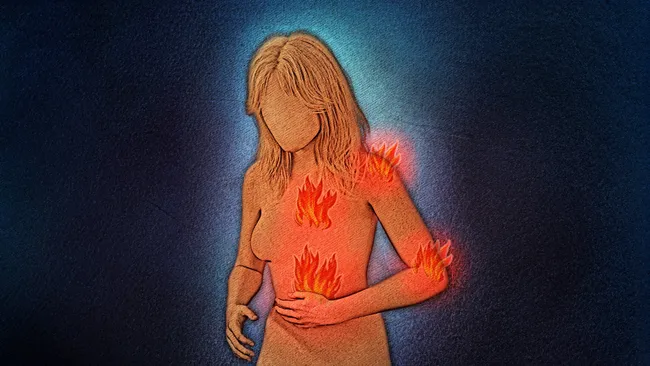A new study suggests that Earth’s immense gravity could act as a natural defense system that could protect the planet from the destructive killer asteroids that have wiped out civilizations.
In some cases, researchers say, the Moon’s tidal force, which causes tides in Earth’s oceans, could be strong enough to shatter objects in space in a process called tidal disruption.
For example, scientists say that in the early 1990s, Jupiter’s tidal force broke up fragments of comet Shoemaker-Levy 9, causing much smaller pieces of the asteroid to hit the planet.
read more:
- “Reversing aging is possible”
- ‘Very rare element’ discovered in space explosion! A teaspoon weighs 1 billion tons
But to date, astronomers have not found sufficient evidence that Earth-like terrestrial planets are tidally breaking up passing asteroids.
While modeling studies have suggested that near-Earth asteroids (NEAs) could be destroyed by tidal forces during their close and slow encounters with the Solar System’s first four rocky planets, such tidal disruption of NEAs has not been directly observed.
Scientists also say that such distortions are not attributed to any NEA group.
In a new study, which has not yet been peer-reviewed, a team from Lulea University of Technology in Sweden has presented evidence that NEAs are tidally disrupted during close encounters with Earth and Venus. The study has been published as a preprint on arXiv.
The researchers had previously evaluated asteroid data collected over six years by the Catalina Sky Survey, a NASA-funded program that detects NEAs.
However, these observations underestimated the number of asteroids at the distances at which the Earth and Venus orbit the Sun.
Researchers later discovered that the missed asteroids were mostly small asteroids orbiting the Sun in nearly the same plane as the orbits of Earth and Venus.
Scientists now suspect that these overlooked asteroids could be tidally disturbed fragments of larger asteroids.
The researchers modeled a scenario in which asteroids facing the gravitational pull of the rocky planets (Mars, Earth, Venus and Mercury) lose about 50 to 90 percent of their mass.
Scientists have found that these tiny gravity-induced fragments could explain previously unpredicted asteroids.
While the tidal smashing of the Earth and Moon could tackle some of the killer asteroids that threaten Earth, scientists say it could produce smaller NEAs that are likely to hit the planet in the future.
“The fragments resulting from tidal disruption remain in orbits near the planet for some time after the event,” the researchers wrote in the study.
“Some fragments may therefore undergo further tidal disruption during subsequent close encounters with the planet, thereby increasing the number of fragments emerging, while others may crash into the planet,” the scientists said.
However, these smaller meteorite fragments do not pose an extinction-level threat, the researchers added.
https://www.independent.co.uk/space





